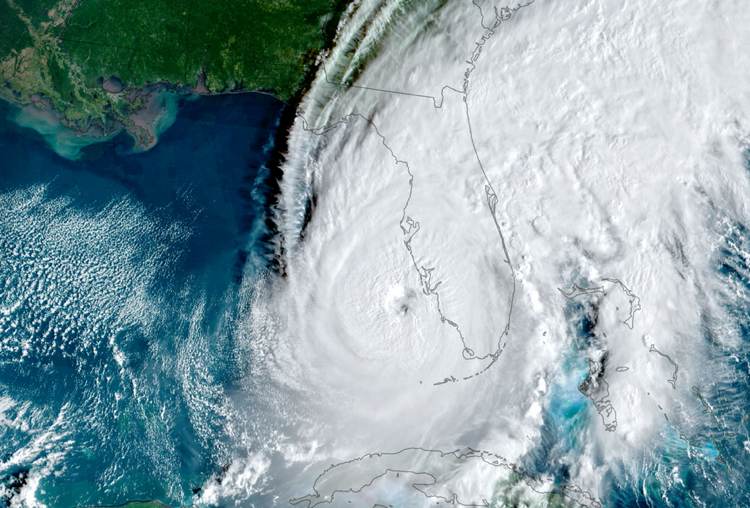FHCF projects $10bn of losses from hurricane Ian

The Florida Hurricane Catastrophe Fund’s (FHCF) actuaries are projecting a $10 billion loss for the Fund after hurricane Ian, with this significant support going to impacted insurance carriers as reinsurance recoveries.
Paragon Strategic Solutions Inc. (“Paragon”), the FHCF’s consulting actuary, has actually pegged the FHCF’s share of hurricane Ian losses ate between $4-$12 billion, but says that a conservative point estimate of $10 billion is appropriate.
At a $50 billion industry loss rough mid-point, this would mean reinsurance from the FHCF could be on the hook for around one-fifth, or so, of the impacts from hurricane Ian.
It’s worth thinking about that, as it drives home the significant subsidies, government and industry, required to keep Florida’s insurance marketplace afloat.
“Significant uncertainty” in the ultimate FHCF loss from hurricane Ian was cited at an Advisory Council meeting this week.
The FHCF is projecting a bigger loss from hurricane Ian than it projects for 2017’s hurricane Irma, which is pegged at $7.8 billion.
So far, the FHCF has paid $6.71 billion of losses to 102 insurers after Irma, so with that still ongoing it’s clear hurricane Ian will take some years to be dealt with and the FHCF’s reinsurance to all be paid out to carriers.
After hurricane Ian, the FHCF is projected to require post-event bonding of as much as $13.1 billion to recapitalise itself sufficiently for the 2023/24 year.
But, importantly, the industry retention before the FHCF kicks in could rise, from $8.5 billion to $9.1 billion for next year.
This is the maximum loss amount retained by the industry below the FHCF coverage layer.
Questions have been raised as to whether the FHCF’s estimate for Ian will prove accurate, as they are working off a Florida residential property insured loss of around $22 billion to $23 billion.
Some are asking if that will prove to be enough, or whether, like Irma, the loss to the FHCF will creep higher, as the industry impact from Ian proves higher than anticipated.
How successful the FHCF will be in issuing sufficient bonds to recapitalise itself is also in question, we understand.
At the next reinsurance renewals for Florida risk, in June 2023, rates are likely to harden considerably, making FHCF coverage even more important and perhaps driving up participation rates across even more insurers (they rose this year as well).
The FHCF may be a topic for the upcoming Special Session of the legislature, as it seems there could be a need for reform around it, or for more capital to support Florida’s insurers in 2023.
Finally, there is a chance the FHCF itself considers reinsurance, as it has in the past. The FHCF has not purchased reinsurance since 2019, as it deemed rates too hard back in 2020.
While reinsurance rates have only become harder, at some stage the FHCF may need to look to private markets to share some of its risk, to remove any burden from taxpayers in the state of Florida.
After Ian and with reinsurance so expensive now, it could be an opportune time to reconsider the FHCF’s structure.
To identify whether there is a better way for layers of Florida property risk to be supported with capital, whether private markets could be more involved in some of the layers the FHCF covers, and also how the capital markets can support that, to find an optimal risk-sharing arrangement that supports insurers ability to do business and protects Florida residents.






